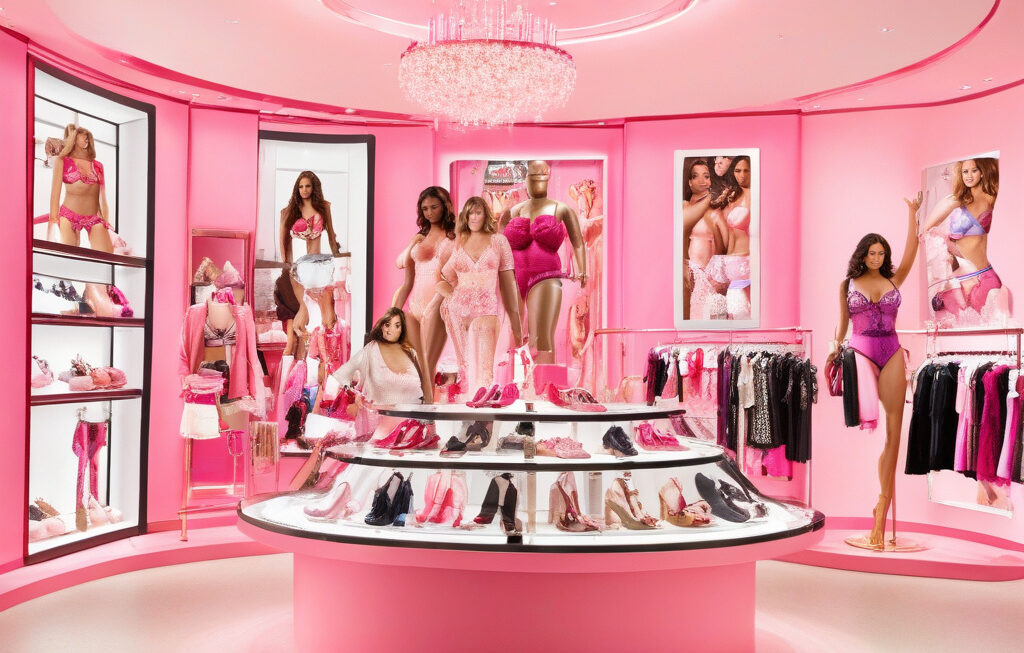Victoria’s Secret Is Desperate to Learn How to Sell Bras Again
Victoria’s Secret, once the undisputed queen of lingerie retail, has been facing a downward spiral in recent years. The brand that was synonymous with glamour, beauty, and femininity has lost its cultural cachet and, more importantly, the faith of investors. With declining sales and controversies surrounding its lack of inclusivity and outdated marketing strategies, Victoria’s Secret is in dire need of a turnaround.
In an effort to revive the brand and reclaim its position as a leader in the lingerie industry, CEO Hillary Super has unveiled a bold plan to win back customers and investors alike. Super, who took the helm in the midst of the brand’s crisis, is determined to steer Victoria’s Secret back to success by focusing on innovation, inclusivity, and customer-centricity.
One of the key elements of Super’s strategy is to revamp Victoria’s Secret marketing and branding to better reflect the diversity and body positivity movements that have been shaping the fashion industry in recent years. The brand, known for its angelic and often unattainable image of beauty, is now seeking to embrace a more inclusive approach by featuring a diverse range of models of different sizes, shapes, and backgrounds in its campaigns.
Moreover, Victoria’s Secret is also looking to innovate its product offerings to cater to the changing tastes and preferences of modern consumers. With the rise of direct-to-consumer brands and online lingerie retailers, Victoria’s Secret is facing stiff competition from companies that offer more personalized shopping experiences and a wider range of sizes. To stay ahead of the curve, Super is investing in technology and data analytics to better understand customer needs and preferences, and to offer a more tailored shopping experience both online and in-store.
Additionally, Victoria’s Secret is focusing on improving the quality and design of its products to appeal to a broader audience. By listening to customer feedback and investing in research and development, the brand aims to create bras that not only look beautiful but also provide comfort, support, and durability. This shift towards more functional and inclusive lingerie is a stark departure from Victoria’s Secret’s traditional focus on sex appeal and fantasy.
While the road to recovery may be long and challenging, CEO Hillary Super is confident that Victoria’s Secret has the potential to regain its former glory. By embracing change, listening to customers, and staying true to its core values of femininity and empowerment, Victoria’s Secret is on a mission to learn how to sell bras again – and this time, to sell them better than ever before.
In conclusion, the future of Victoria’s Secret hinges on its ability to adapt to the ever-changing landscape of the lingerie industry. By prioritizing innovation, inclusivity, and customer satisfaction, CEO Hillary Super is leading the brand towards a new era of success and growth. Only time will tell if Victoria’s Secret can reclaim its throne as the queen of lingerie retail, but one thing is certain – the brand is not going down without a fight.
Victoria’s Secret, lingerie, retail, inclusivity, turnaround










